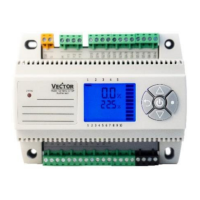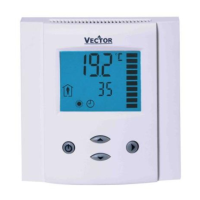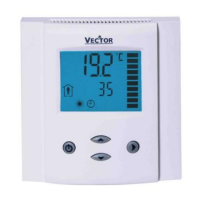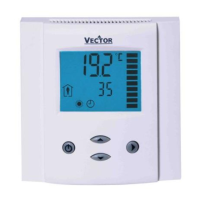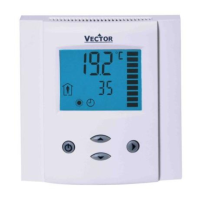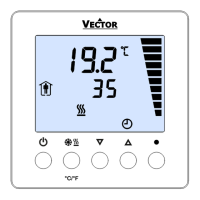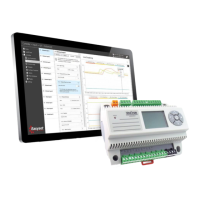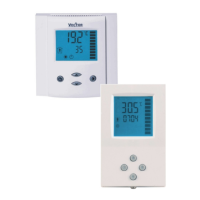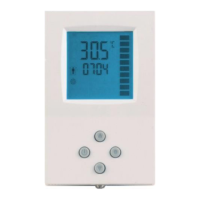VA Motion Controller Programming Manual
276
11.3 Basics of motion control instructions
11.3.1 Command modes of motion controller
Digital pulse: This method is similar to the control method of the stepping motor. The
motion controller sends the pulse signal of the pulse/direction or CW/CCW type to the servo
driver. Our company only supports the AB pulse; the servo driver works in the position control
mode. The position loop is completed by the servo drive. Japanese servos and domestic servo
products mostly use this mode. The advantage is that the system debugging is simple and not easy
to cause interference, but the disadvantage is that the servo system responds slightly slower.
Analog signals: In this way, the motion controller sends a ±10V analog voltage command to
the servo driver, and receives position feedback signals from position detectors such as motor
encoders or linear encoders; the servo driver operates in speed control mode, and the position
closed loop is controlled by motion. The device is completed. Most of the servo products in
Europe and America use this mode of operation. The advantage is that the servo response is fast,
but the disadvantage is that it is sensitive to on-site interference, and the debugging is slightly
complicated.
CANopen communication: This method is to control the operation of the servo driver
through the communication protocol. See Appendix IV for details.
The following describes the general debugging steps for the motion controller to control
the servo axis with analog signals:
(1) initialization parameters
After confirming that the servo driver wiring is correct, first initialize the parameters of the
servo drive (restore the factory settings). After the servo drive completes the factory setting: set
the control mode; set the enable by external control; the gear ratio of the encoder signal output; set
the proportional relationship between the control signal and the motor speed (the analog output
voltage corresponds to the servo shaft speed).
(2) Wiring
Connect the signal line between the motion controller and the servo. The following wiring is
required: the analog output line of the motion controller, the servo enable control signal line, and
the encoder signal line of the servo output. (For details, please refer to 11.4.2 Wiring method)
(3) Test direction
For a closed-loop control system, if the direction of the feedback signal is incorrect, the
consequences must be catastrophic. The servo driver's enable signal is controlled by the motion
controller programming output Q0. At this point the servo axis should rotate at a lower speed,
which is called "zero drift". Execute the motion controller command module (DA module). Use
this command module to see if the motor speed and direction can be controlled by this command
(parameter) and monitor whether the encoder feedback signal is consistent (ie, ensure that the
encoder is federically incremented when the analog voltage is given as a positive voltage). When
the analog voltage is given to a negative voltage, the encoder feedback is decremented). If it
cannot be controlled, or the encoder feedback is incorrect, check the parameter settings of the
analog wiring, encoder feedback line and control mode.
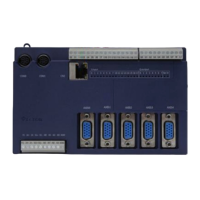
